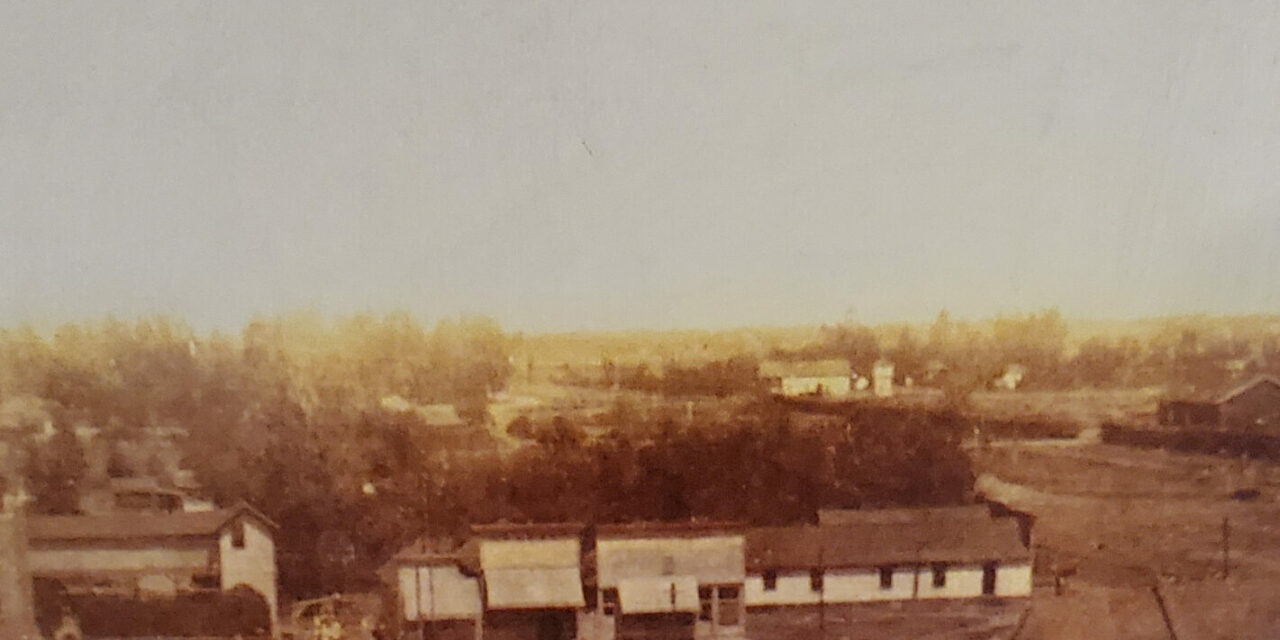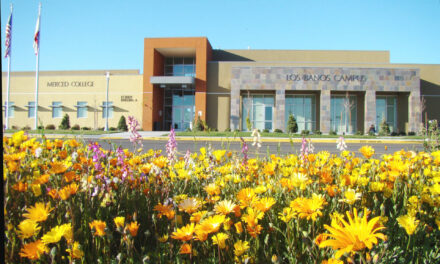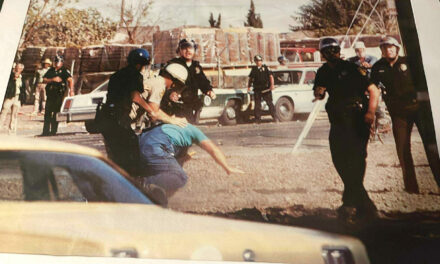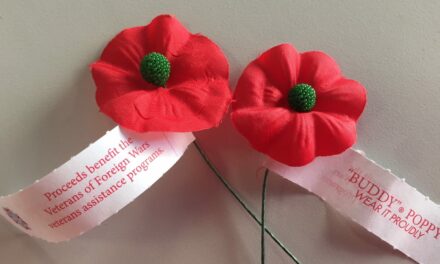Milliken Museum Society
Los Banos began in 1889 with the coming of the railroad however it wasn’t until 1907 that it was officially incorporated as a town. By 1907 Los Banos had already established itself as an up-and-coming community. Incorporation initiated a new phase of development and sophistication. Like most stories about the history of Los Banos, the story of the incorporation of Los Banos is a colorful… and even aromatic story.
The current townsite was surveyed in 1889 and was built on what was a Miller & Lux alfalfa field about a mile west of the Miller & Lux Canal Farm Ranch, (where Espanas Restaurant is currently located). This alfalfa field was irrigated by a ditch that was diverted from the Main Canal. The ditch became the town’s water supply.
With the support of Henry Miller, the community blossomed and houses and stores sprouted. Miller built the town’s water tower a little east of the downtown hub on the east side of 7th Street between H and I Streets. A few water hydrants were strung about town to furnish water under pressure for fire protection and to furnish drinking water for residents who didn’t have a well.
Water for this tower was brought down in an open ditch from the Main Canal and pumped up into the water tank by a steam engine. Surplus water ran west from the water tower down the ditch which was located between H and I Streets (currently the alley behind what is now Woolgrowers restaurant).
Over time the ditch evolved as the sewage system for the new town. In an oral interview Louie Germino told Ralph Milliken, “Things were still pretty primitive in Los Banos in 1906 when the Germino family arrived. An open sewer ran west through the alley between H & I Streets (the alley currently behind Woolgrowers Restaurant). There were no such thing as indoor toilets. Each family had its own privy or out house. Families living close enough to the ditch had their out houses on the banks of the ditch.”
Even the elaborate three-story Los Banos Hotel, built by Miller & Lux on the northwest corner of 6th & I Street (where the Bank of America is located today) had a two-story water closet over the ditch. A walkway from the second floor of the hotel led to the upper toilet, while the waste from the hotel kitchen could be carried out on a ground level walk to the lower toilet.
Most early Los Banos families in town raised their own meat. They’d have a few hogs in their back yards and feed them scraps. In the summer the stench from the pigs and the open sewage ditch was intolerable.
At the turn of the century the leading citizens of the community began advocating for incorporation. This would allow the community to sell bonds for a sewer system and in addition the town trustees could prohibit the raising of hogs in town. This would also mean that the town-folks would be taxed. In 1907 an election was held and passed. Los Banos was officially a city.
At the very first city council meeting the raising of hogs in town was prohibited. Bonds were sold and a sewage system was built. With a sewage system, indoor toilets took the place of outdoor privies. The open sewer through town became a thing forgotten.
The incorporation of Los Banos in 1907 made it possible for the next phase of development and the town moved on from its aromatic beginnings.
Information for this article was obtained from the Ralph Milliken manuscripts collection at the Milliken Museum. The museum is open everyday except Mondays, from 1 p.m. to 4 p.m.




